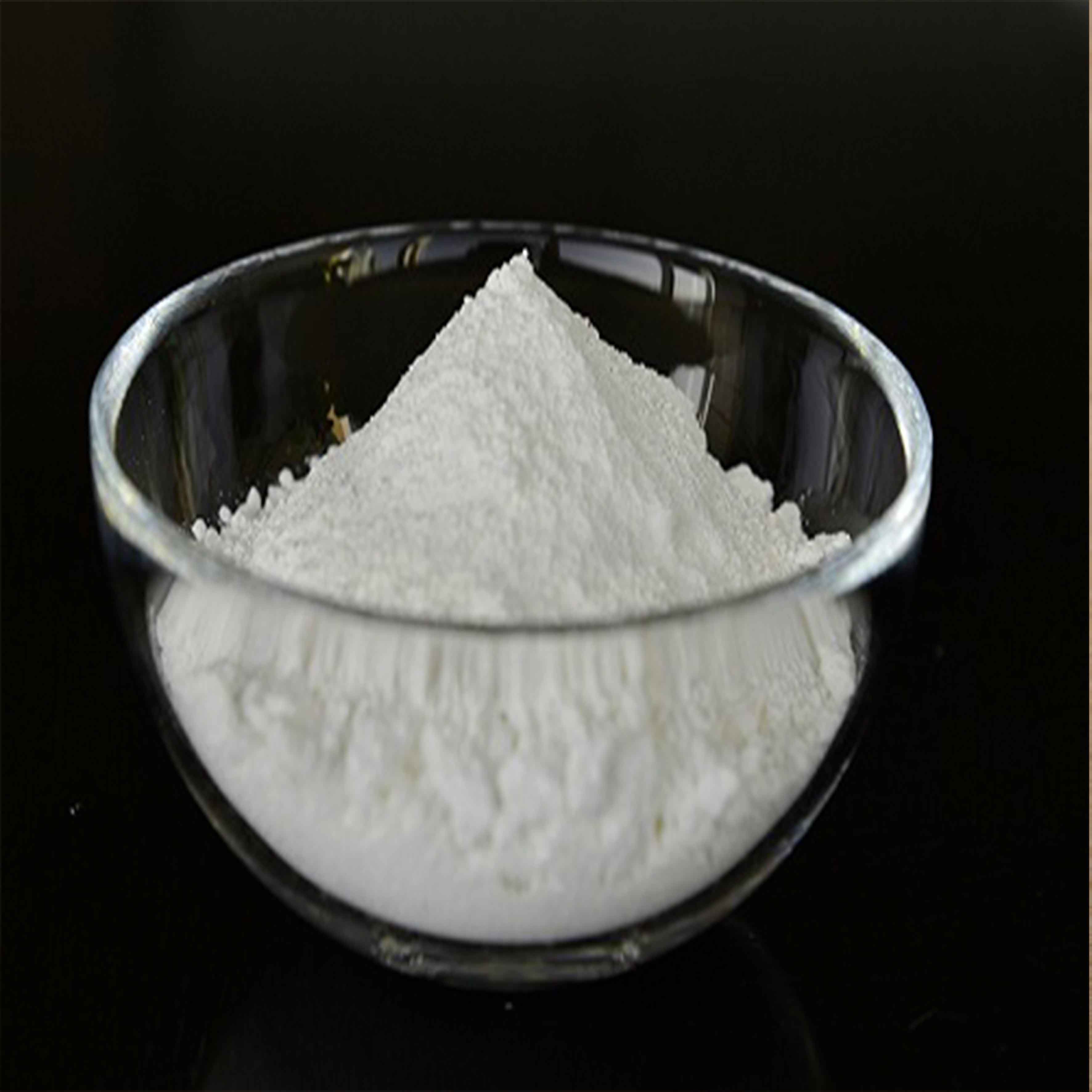
7 月 . 25, 2024 09:02 Back to list
Exploring the Production Processes of Titanium Dioxide in Modern Manufacturing Facilities
The Role of Titanium Dioxide Factories in Modern Manufacturing
Titanium dioxide (TiO2) is a vital compound that finds applications across various industries, including paints, coatings, plastics, and cosmetics. With its unique properties, such as high refractive index, excellent brightness, and opacity, TiO2 is often regarded as the white pigment that contributes to the vivid colors of numerous products we encounter daily. The significance of titanium dioxide factories lies in their ability to produce this essential material efficiently and sustainably.
Manufacturing Process
The production of titanium dioxide typically involves two primary processes the sulfate process and the chloride process. The sulfate process, which is older and more widely used, involves the reaction of titanium ore, predominantly ilmenite, with sulfuric acid. This method produces a lower quality TiO2 but is cheaper and more accessible in regions rich in ilmenite.
In contrast, the chloride process, although more expensive, yields a higher purity product suitable for applications requiring superior characteristics. This method involves the reaction of titanium tetrachloride, derived from rutile or synthetic sources, with oxygen. The resulting TiO2 undergoes further refinement and surface treatment to produce various grades suitable for diverse applications.
Environmental Considerations
The operations of titanium dioxide factories are subject to stringent environmental regulations, especially given the potential hazards associated with mining and processing. The management of waste, emissions, and the use of water are critical components of sustainable manufacturing practices. Modern titanium dioxide factories invest in advanced technologies to minimize their environmental footprint, such as implementing closed-loop water systems and capturing emissions for reuse.
Moreover, there's a growing trend towards recycling and using alternative feedstocks, which can mitigate the impact of titanium extraction on natural resources. Companies are increasingly seeking eco-friendly solutions and engaging in corporate social responsibility initiatives to ensure that their operations have a positive impact on the community and the environment.
e 171 titanium dioxide factories

Market Demand and Applications
The demand for titanium dioxide is on the rise due to its extensive applications. Industries such as automotive and construction rely heavily on TiO2 for producing high-quality paint and coatings that provide durability and resistance to UV degradation. Additionally, the growth of the cosmetics industry has spurred demand for TiO2, as it is commonly used in sunscreen products due to its ability to block UV radiation.
As the global economy continues to expand, particularly in developing markets, the demand for titanium dioxide is expected to grow. New applications, such as its use in renewable energy technologies (like solar cells) and advanced materials, further drive this trend.
Future Prospects
The future of titanium dioxide factories looks promising, bolstered by ongoing innovations in production processes and heightened demand for high-performance materials. The industry is also witnessing significant investments in research and development to improve the efficiency and sustainability of TiO2 production.
Furthermore, the transition towards greener practices and the integration of digital technologies, such as automation and data analytics, are set to redefine the manufacturing landscape. Factories that embrace these changes will likely gain a competitive edge, not only in productivity but also in meeting consumer demands for transparency and sustainability.
Conclusion
Titanium dioxide factories play a crucial role in today’s manufacturing ecosystem, providing essential materials that contribute to various products and industries. As the demand for TiO2 continues to grow, it is imperative for manufacturers to balance production with ecological responsibility. By adopting innovative technologies and sustainable practices, titanium dioxide factories can ensure they remain relevant and successful in a rapidly changing market environment.
-
Lithopone for Plastic & TiO2 R-5568/SK-6658 Masterbatch Solutions
NewsMay.30,2025
-
China Leading Rutile TiO2 Manufacturer - R5566 & R996 Grades Available
NewsMay.30,2025
-
High-Purity Anatase & Rutile TiO2 Powder Trusted Manufacturer
NewsMay.30,2025
-
High-Purity Anatase Products Trusted Supplier & Manufacturer
NewsMay.29,2025
-
Best Price Eco-Friendly Rutile TiO2 Supplier & Wholesale Factory
NewsMay.29,2025
-
Chinese Anatase Titanium Dioxide for Ceramic Glaze Reliable Supplier
NewsMay.29,2025
